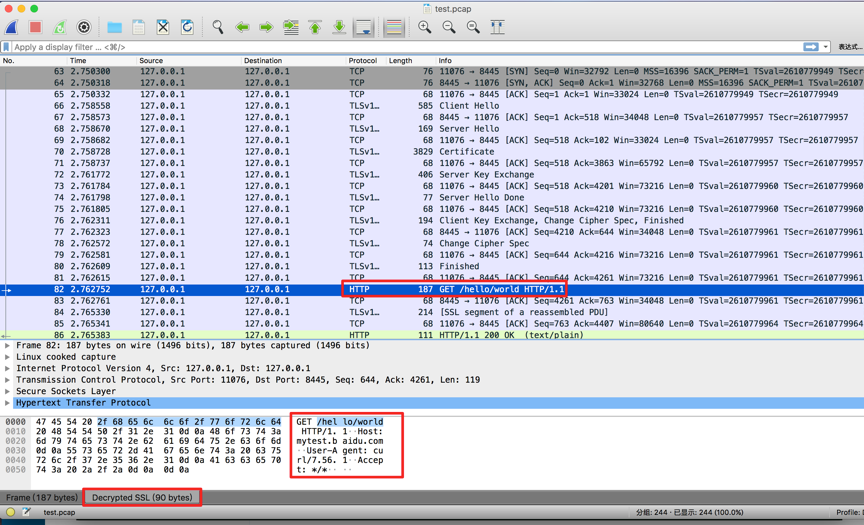
It is compiled against OpenSSL 1.1.1a by default. In Red Hat/ CentOS 7 and above, the httpd package 2.4.38 and above support TLS 1.3. TLS 1.3 in Apache on RPM based Linux Distributions In a text editor, simply open your nf file (usually located at /etc/nf or /etc/nginx/nf) and add TLSv1.3 to the ssl_protocols directive.įor example: ssl_protocols TLSv1.2 TLSv1.3 NGINX relies on OpenSSL for certain cryptographic functions, and will have to have been built against OpenSSL 1.1.1 or later in order to take advantage of TLS 1.3. NGINX has had support for TLS 1.3 since version 1.14.0. Very reasonably, you might be asking how to take advantage of this bleeding edge technology. TLS 1.3 does this by removing the need for renegotiation entirely by removing an entire round trip from the initial negotiation. This secondary negotiation mechanism was frequently abused over the years. It also completely drops support for TLS renegotiation (which defines what happens when the client or server try to send data after the other side thinks the session is expired). To do this, TLS 1.3 drops support for an unprecedented number of legacy ciphers and encryption options including RC4 ciphers, SHA1, and MD5. PFS uses a constantly rotating key so that even in the event of a private key compromise, communication cannot be decrypted by a third party.

One of the biggest differences between TLS 1.2 and TLS 1.3 is that perfect forward secrecy (PFS) is no longer a decision made at the cipher level. With it, comes enhancements in both speed and security. The latest version, 1.3, was finalized as a proposed standard in RFC 8446 in December of 2018.

The first version of TLS, 1.0, replaced Secure Sockets Layer (SSL) in 1999. Transport Layer Security (TLS) provides the foundation for encryption in-flight.


 0 kommentar(er)
0 kommentar(er)
